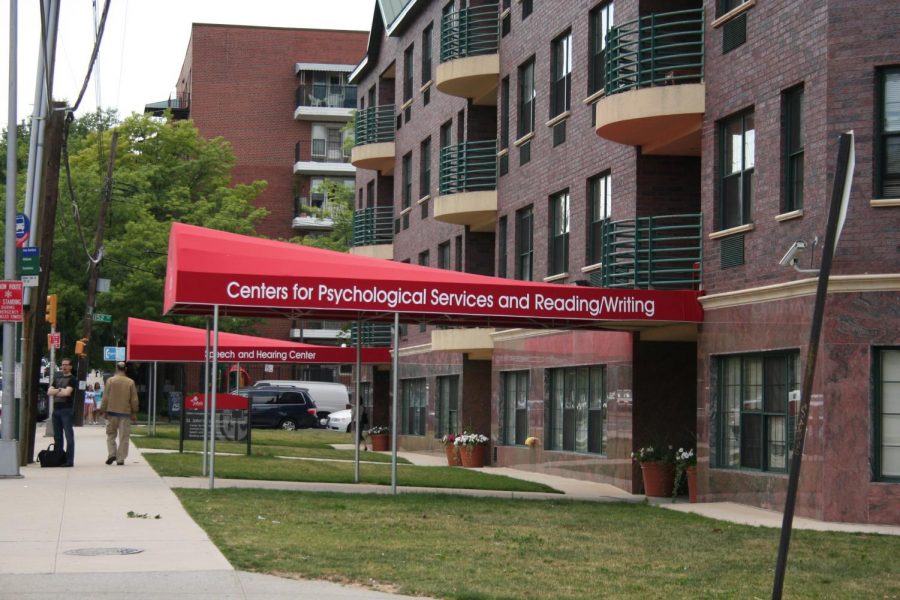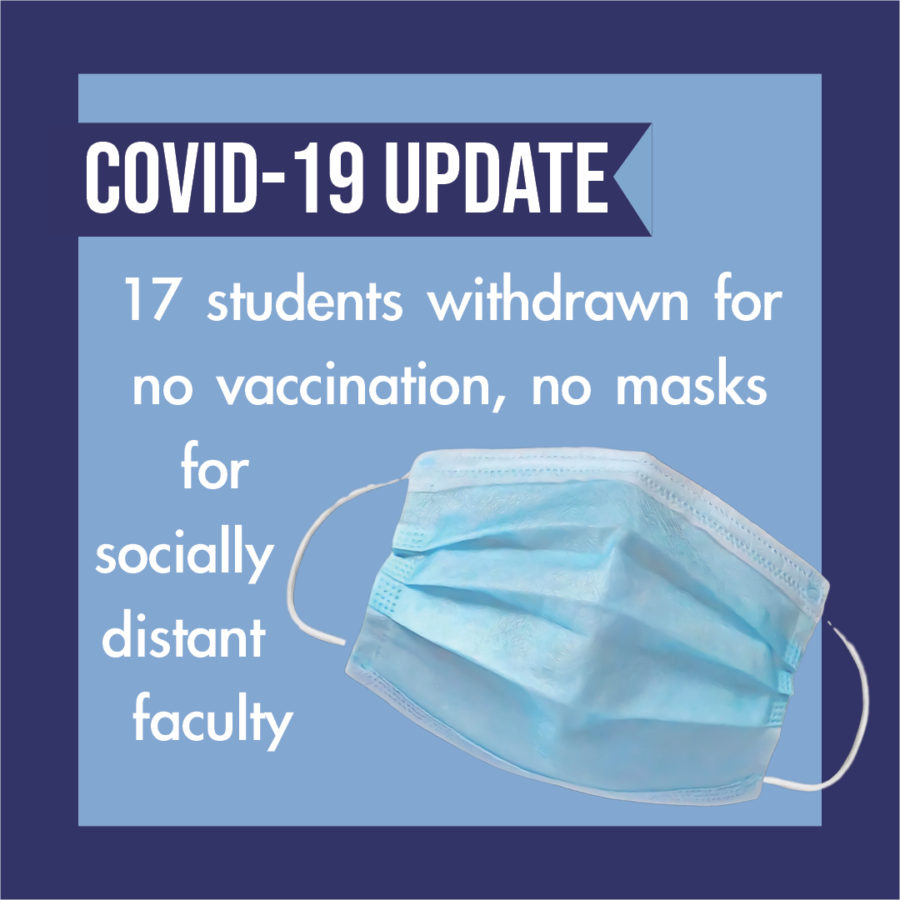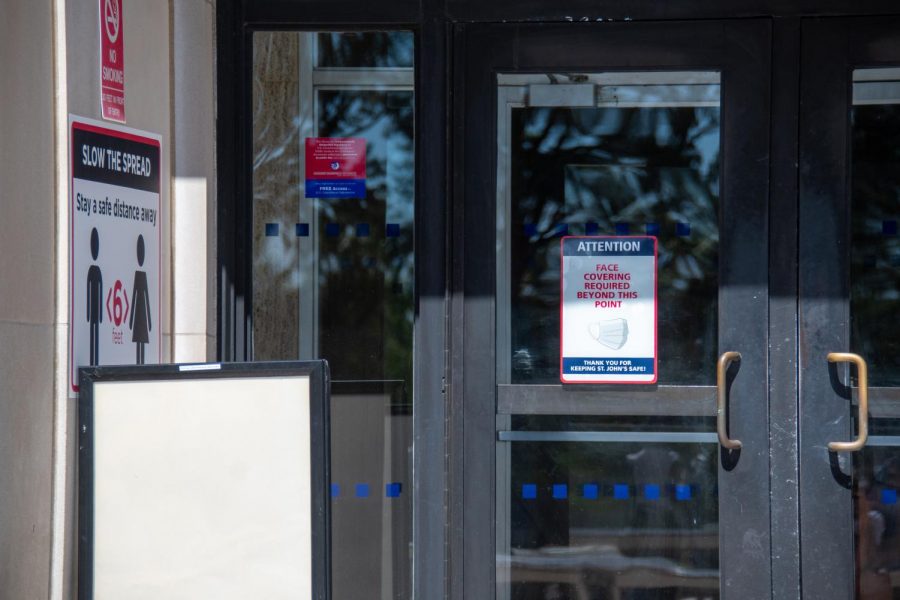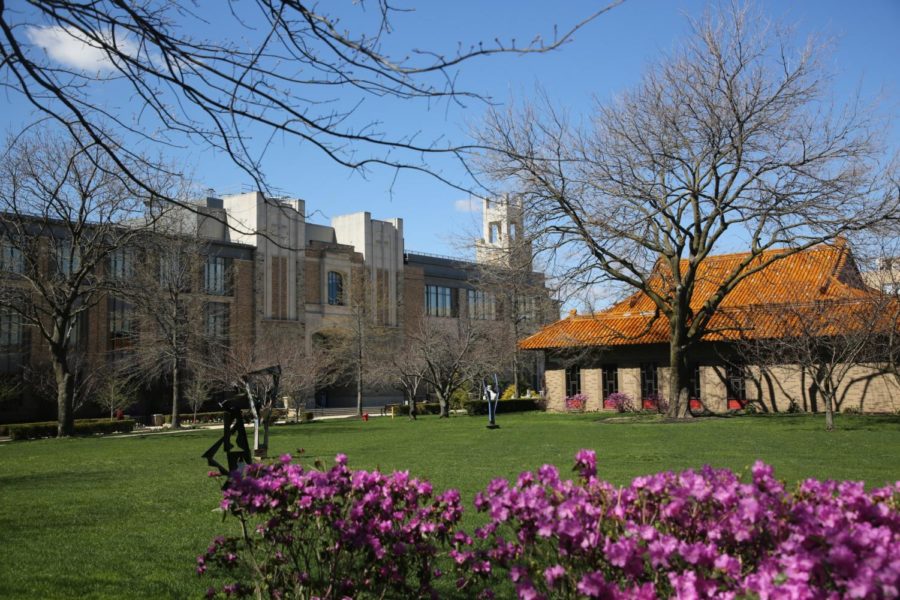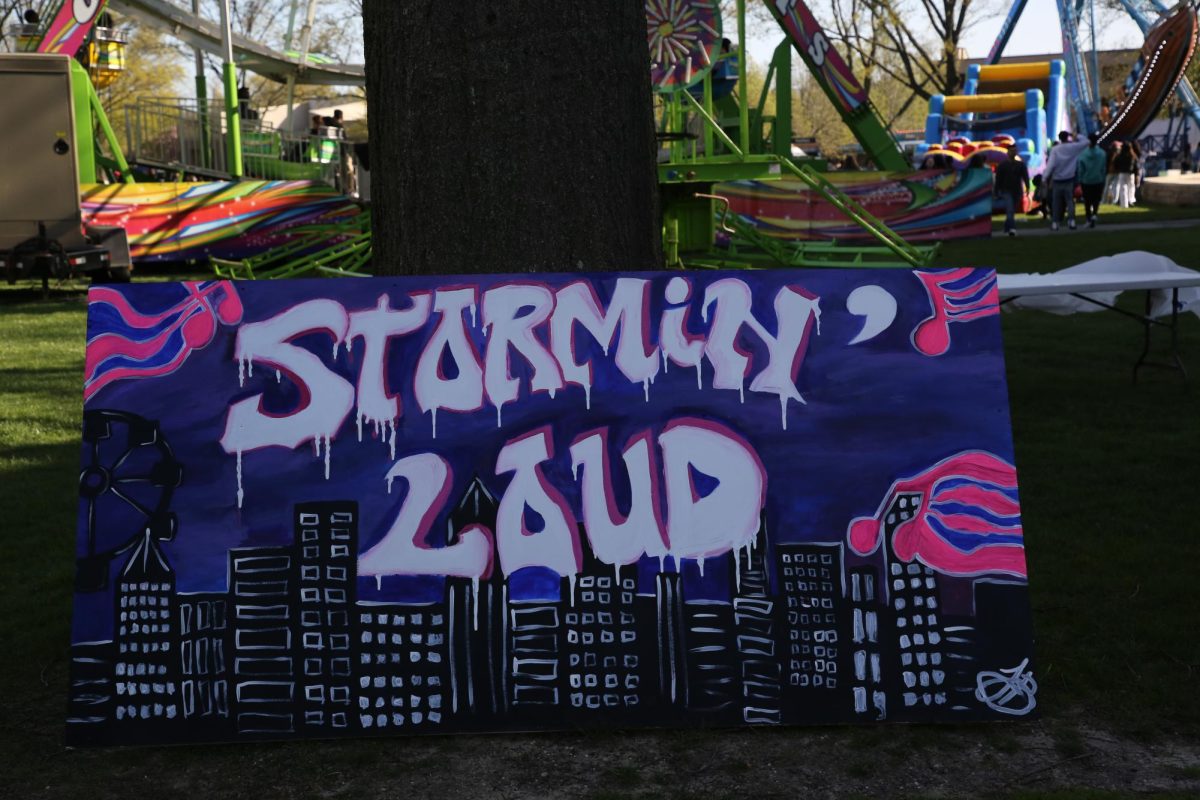In a Mar. 26 internal email, Residence Life announced that this week off campus housing building Seton Complex was identified by the city as a potential building to support the city’s efforts during the COVID-19 outbreak. The belongings of some Seton Complex residents were subsequently removed from their rooms this week.
Two weeks ago students expected to move back to campus on Friday, Mar. 27 but were notified last week on Mar. 16 that this would not be happening. As of today, there is no word on when students will be allowed back onto campus to retrieve their personal belongings.
Residents of Seton Complex were advised via an urgent message of the university’s plans on Tuesday at around 11 pm, stating that students’ belongings would be removed from their rooms the following day by an outside moving company. “Students whose spaces are impacted by this effort have been contacted directly … each University has its own set of challenges and expectations from the State of New York,” said University Spokesperson Brian Browne in a statement to the Torch.
In an email obtained by the Torch from the Office of Residence Life, Seton students were given a four-hour window between 1 pm and 5 pm to retrieve their personal belongings the following day, Wednesday, Mar. 25. They were advised that the University would not be able to accommodate any exceptions to this time frame.
If students were able to pick up their belongings at this time, social distancing practices were put in place so that one student at a time could identify their items in the room and have them packed up by the moving professionals. The remaining items that were not retrieved would be packed up and put into storage. While the Residence Life handbook does list the University’s right to confiscate prohibited items that are in violation of the handbook, there is no explicit indication that Residence Life nor Public Safety or any authorized personnel have permission to remove personal belongings that are not in violation – even in the case of emergency. University-authorized personnel are allowed to enter rooms and suites to enforce University policy whether or not residents are present.
“The University understands that this situation is disruptive to our students and we ask for patience and cooperation during this challenging time as we seek to support our fellow New Yorkers,” says Browne. The University did not respond to inquiries about Residence Life’s authority to remove personal belongings in this situation.
The email clarifies, “as you can understand the moving company will not be able to distinguish between your items and your roommates’ items in the common area. Therefore, those belongings will be packed and be put into storage for you and your roommates to retrieve at a later date.”
The University informed students that they will be in touch at a later date with information on how to access these items.
In addition, this email identified that a number of apartments in the DePaul Complex will also be used to house University essential personnel who must be relocated from their current campus apartments.
In an article published by the Staten Island Advance, on Mar. 20, Browne told the newspaper that the university has reached out directly to Governor Cuomo’s office to offer the Queens campus for use in the state’s emergency response.
Brown was quoted in the article identifying the possibility of using the Taffner Field House Athletic Complex and on-campus and off-campus student housing.
Another Mar. 26 internal communication from Residence Life clarified that due to social distancing and “work from home” expectations from New York State, it will not be possible for students to return to their dorms at this time, but their belongings will be safe in their rooms.
“Our buildings remain secure and your belongings will not be discarded or donated. We will share information about reclaiming these items at a time and in a manner that will protect the safety and well-being of our students and staff.”



